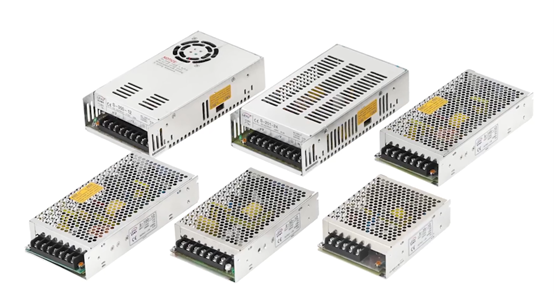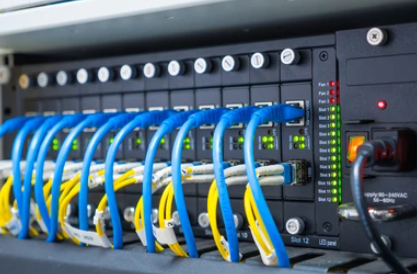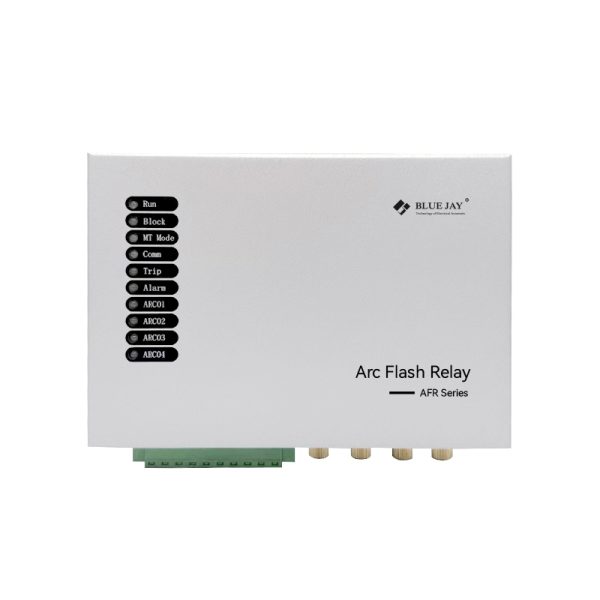Do you know charging station components? This article will introduce EV charging station components: AC EV charger components and DC charging station components.
AC EV charging station components
AC charging stations are charging equipment that provide AC power for electric vehicles. They are usually installed in public places, such as parking lots, shopping malls, gas stations, etc. The working principle of the AC charging stations is to convert the alternating current from the mains into the alternating current that meets the requirements of the electric vehicle on-board charger to charge the electric vehicle battery.
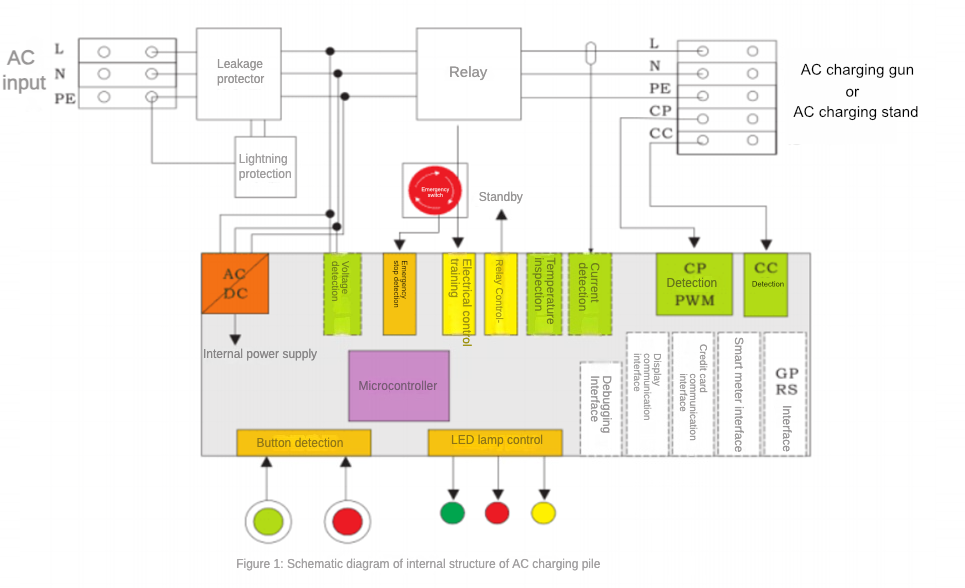
The components of EV charging station are controller, Boot circuit, Boot circuit, Leakage protection circuit, overcurrent and overvoltage protection circuit, and relay contactor.
1. Controller
The main components of EV chargers are controller. It is responsible for controlling the overall operation of the charging pile. Its main functions include:
Human-computer interaction: Provide a human-computer interface for users to operate the charging pile.
Charging control: Control charging current and voltage according to the charging needs of electric vehicles.
Communication management: Communicate with electric vehicles to obtain battery information and charging status.
Safety protection: Provides overvoltage, overcurrent, leakage and other protection functions to ensure charging safety.
2. Boot circuit
The function of the guidance circuit is to connect AC charging station inserted by the user with the circuit inside the charging station. It usually includes sockets, plugs, connecting wires and other components.
3. Leakage protection circuit
The function of the leakage protection circuit is to prevent leakage accidents during charging and ensure personal safety. It usually consists of a leakage circuit breaker, which automatically cuts off the charging circuit when leakage current is detected.
4. Overcurrent and overvoltage protection circuit
The function of the overcurrent and overvoltage protection circuit is to prevent the charging current and voltage from being too high and damaging the charging pile or electric vehicle battery. It usually consists of fuses, relays, flow limiting valves and other components.
5. Relay (Contactor)
The function of the relay (contactor) is to control the on and off of the charging circuit. When charging starts, the relay (contactor) will close to allow charging current to flow; when charging is completed, the relay (contactor) will open, cutting off the charging circuit.
6. Lightning protection module
The function of the lightning protection module is to protect the AC charging station from damage by lightning strikes. It usually consists of lightning rods, grounding devices, surge protectors and other components.
DC charging station components
DC charging is a common charging method for electric vehicles (EVs), which converts alternating current (AC) to direct current (DC) and supplies power directly to the battery pack. DC charging station has the advantages of fast charging speed, high efficiency and low loss, and is currently one of the most mainstream charging methods for electric vehicles.

DC EV charging station components are charging module, billing communication unit, charging controller, and charging gun.
1. Charging module

The charging module mainly converts three-phase alternating current into high-voltage direct current output.
The following are the technical specifications of the charging module:
Rated power: 15KW, 20KW, 30KW, 40KW
Output voltage range: 200V-750V mainly, the upper limit is increased to 1250V
Efficiency: mainly 95%-96%, with SiC expected to reach 98%
Power density: >30W/in3
2. Accounting communication unit
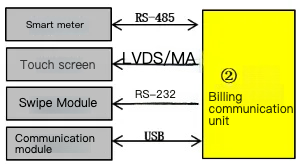
The functions of the charging communication unit are as follows:
Interact with multi-function meters to implement billing functions
Support LVDS/parallel port and other display and human-computer interaction
Measurement and billing, supports multiple payment methods to choose checkout
Interact with the Internet of Vehicles platform to support charging pile positioning
Interact with the charge controller
User information storage, encryption and decryption
3. Charge controller
The charging controller is connected to the charging module and billing communication unit through the CAN bus. The charging controller mainly plays the role of electrical protection, interaction with the vehicle (charging protocol), and control of the contactor. Charging protocols will be run on the charge controller, such as the national standard GB/T27930, international ISO15118, German DIN70121, and Japanese CHAdeMO.
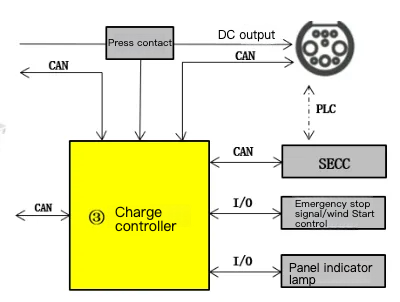
4. Charging gun

The current mainstream DC charging gun interface standards include the national standard GB/T 20234, the American SAE J1772, the European IEC 61851, and the Japanese CHAdeMO.
Conclusion
In a word, the main components of EV charger are different between AC EV chargers and DC EV chargers. Thus, you can choose a suitable EV charger after you know components of EV charging station.

